- University of Gävle
- / Faculty of Health and Occupational Studies
- / Research at the faculty
- / Cost-effective measurement of physical strain
- / Analysis of cost and efficiency during data collection
Analysis of cost and efficiency during data collection
In research and the practice of ergonomics, quantitative data on, e.g., working postures are based on the methods of self-reporting, observation or direct, instrument-based measurements. In research, quantitative methods of measurement provide a more credible picture of work-related strain than observations and questionnaire-based data and, consequently, a better opportunity to correctly assess risk factors, differences between groups or the effects of changes in work.
To complement these three fundamental types of collection instruments, there are methods based on modelling; simple data on the test subjects' work is interpreted via mathematical models to other variables, typically requiring more resources, which tell us what we actually want to know. At the same time, quantitative methods are typically more expensive (per measurement) than observations, which in turn are more expensive than self-reports and modelled exposure.
It's also a matter of finding, in a best-case scenario, an optimal compromise between cost and statistical performance, especially if the budget for data collection is tight. This challenge, which lies on the boundary between finances and statistics, has been accorded surprisingly little attention, and only very simplified models exist for identifying the best measurement strategy.
The idea behind this framework project, spread out over several years, is to develop and evaluate methods — for both researchers and working environment practitioners — for collecting data on physical strain and showing the results with optimal cost efficiency.
Examples of studies:
Study of the cost efficiency of different ways of observing work-related strain, development of new econometric models for analysis of cost and cost efficiency with regard to data collection.
Study of whether working postures among flight baggage handlers can be documented in a cost efficient manner by using low-cost indicators of the strain.
Responsible researcher
Svend Erik Mathiassen
Collaboration
In collaboration with researcher in both Sweden and Canada





